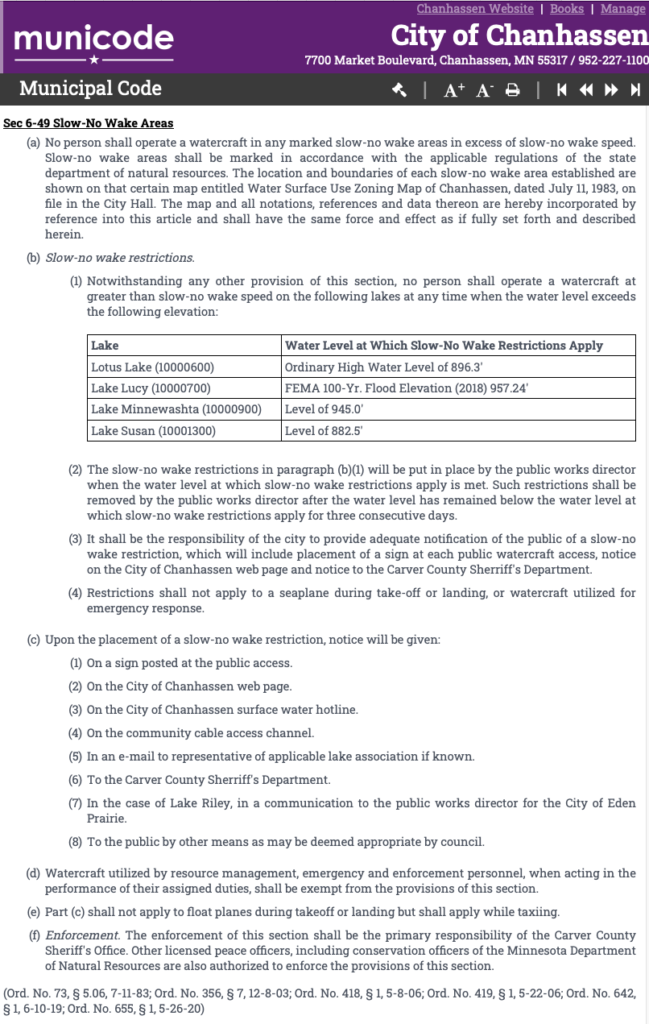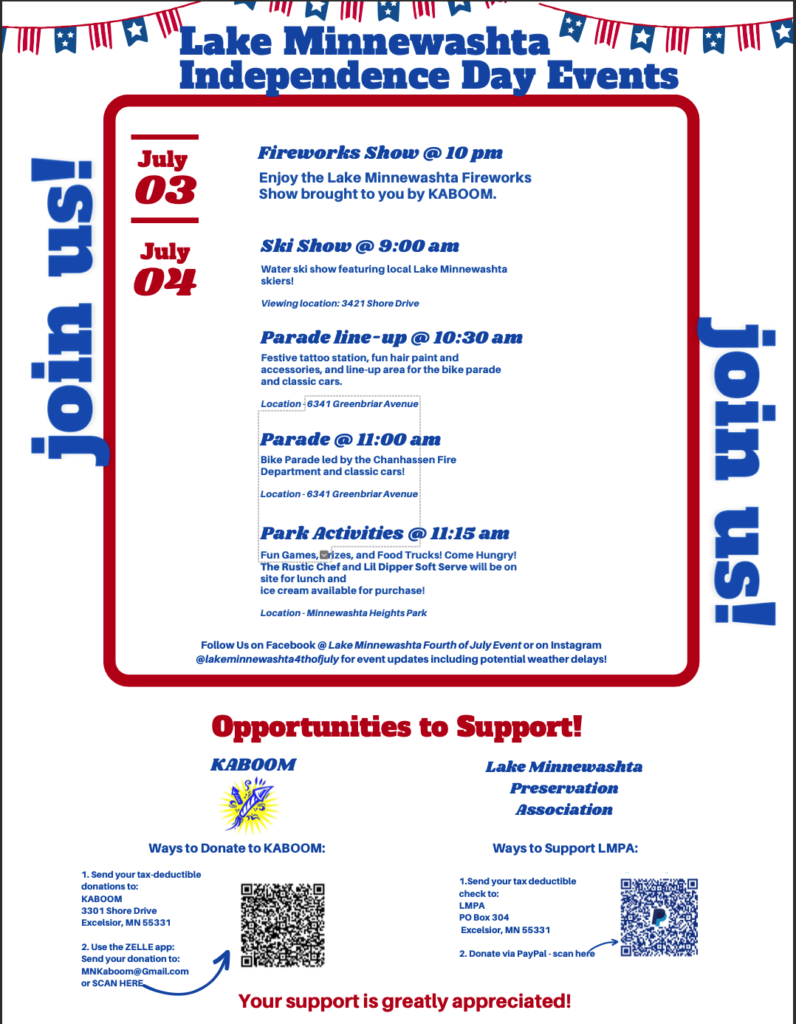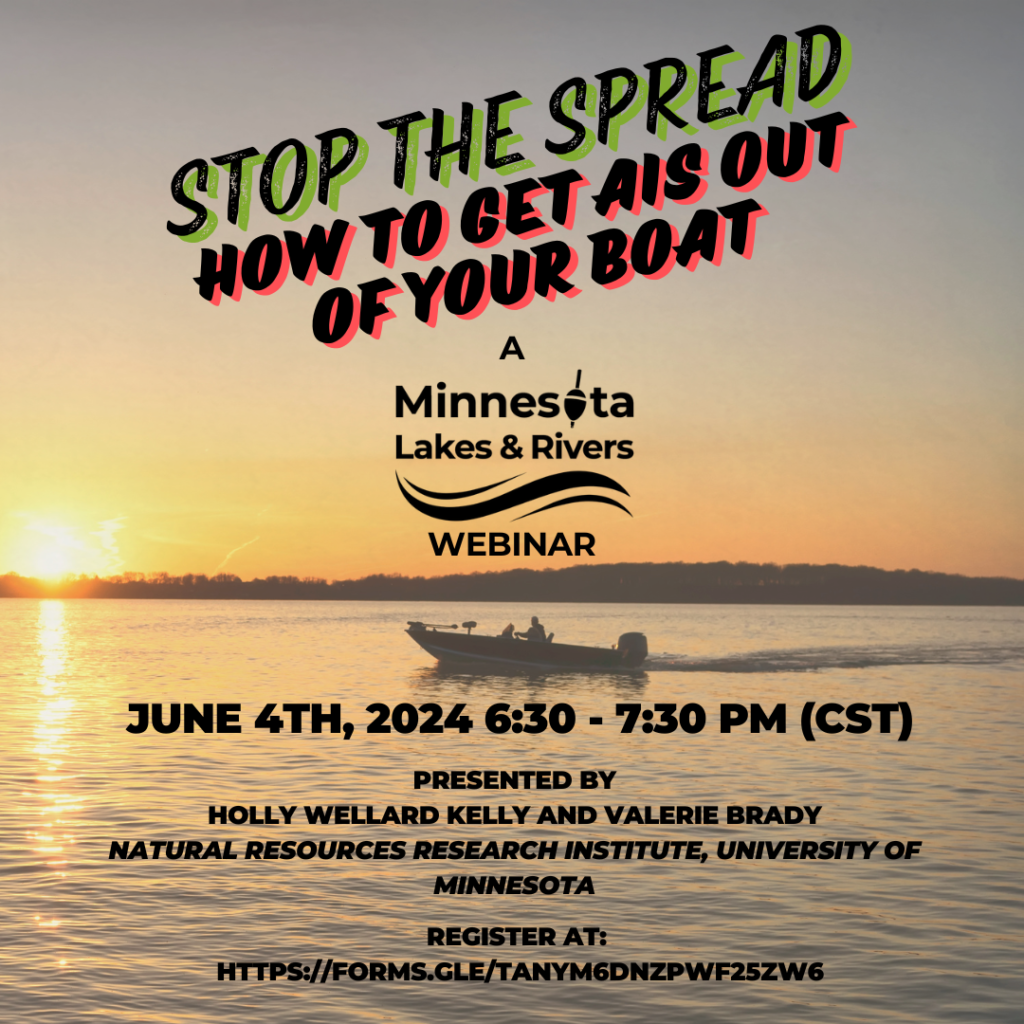Recently, Carver County water management conducted a full lake delineation for Eurasian watermilfoil (EWM) and found NONE in the entire lake except for the boat launch and a few spots around “Little Minnie.” EWM is not a concern in Lake Minnewashta currently. Native Northern milfoil was quite abundant in some areas, but not causing any matting or out crowding of other natives. The EWM around the boat launch looked a little “hybridy” meaning it had characteristics of both Eurasian (invasive) and Northern (native.) They may check back when it’s reached the next growth stage and send it in to a lab to get genetically tested.
Unfortunately, Curly Leaf Pondweed (CLP) is very abundant; it was found in almost every littoral area around the lake. The matted vegetation in the south bay Curly leaf pondweed. The South Bay gets a lot of sun and is somewhat undisturbed by wave action so the weeds have taken off in growth. Curly leaf is highly invasive and is a beast to manage, but LMPA has been treating for it every year. This year we treated almost 40 acres, the maximum allowed by the DNR. The good thing for lake shore owners and boaters is that curly dies off in July, but the that releases a lot of nutrients like phosphorus and nitrogen into the water which act as fertilizer for algae growth, including cyanobacteria (blue green algae).
As a warning, blue-green algae is a bacteria, not algae. It often looks like blue or green paint floating on the surface. Some contain toxins that can be dangerous to animals; it can be fatal for dogs. We usually see it late July or August in lakes in the area.





